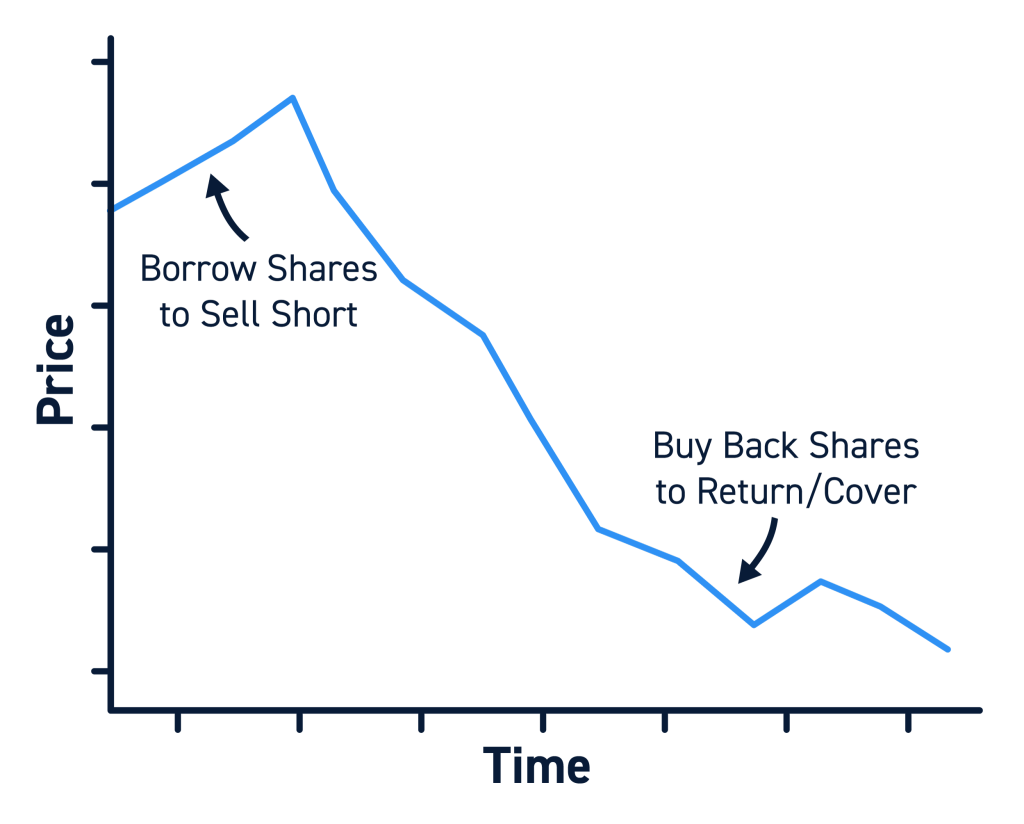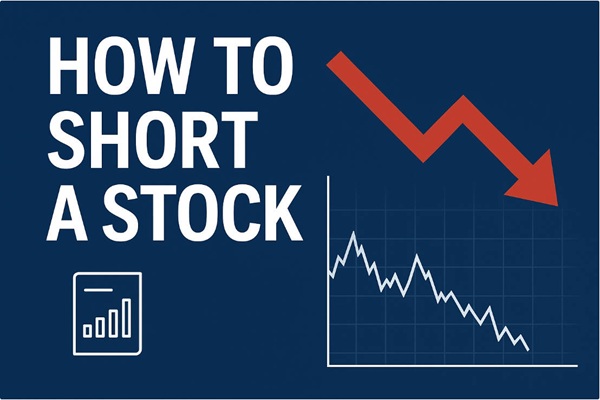If you own stocks and want access to liquidity without selling your investments, understanding how to borrow against stocks can be a practical solution. This approach lets you use the value of your portfolio as collateral for a loan while keeping your positions open.
For many investors, it is a way to unlock cash for other opportunities, cover unexpected expenses or simply improve financial flexibility. However, borrowing against stocks also carries risks, so knowing the steps involved is essential before moving forward.
How to Borrow Against Stocks in 3 Steps

Step 1: Understand What It Means to Borrow Against Stocks
The first step in learning how to borrow against stocks is grasping the core concept. Borrowing against stocks means taking out a loan using your shareholdings as collateral. This is usually done through a margin loan or a securities-based loan offered by brokers or financial institutions. Rather than selling your assets, you pledge them, allowing you to retain any gains or dividends while accessing funds.
The value of your portfolio determines how much you can borrow. Most lenders apply a loan-to-value (LTV) ratio, typically between 50 and 70 percent. This means if your stocks are worth £100,000, you may be able to borrow up to £70,000. However, this amount may vary depending on the volatility and type of securities held.
It is important to note that this is a secured loan. If the value of your stocks drops significantly, the lender may issue a margin call, requiring you to deposit more funds or sell some assets to maintain the loan. Understanding these risks is critical when deciding how to borrow against stocks effectively.
Step 2: Choose the Right Lending Option
Once you understand how to borrow against stocks, the second step is selecting the right borrowing method. There are different ways to access loans using your portfolio, and each comes with unique features and considerations.
One of the most common methods is a margin loan. This is typically offered by brokerage firms and allows you to borrow directly against the securities in your Trading Account. Interest is charged daily, and repayment flexibility can vary. Margin loans are useful for active traders who want to use borrowed funds to invest further, but they carry high risk in volatile markets.
Another approach is a securities-backed line of credit, often provided by private banks or investment firms. These loans tend to have lower interest rates and more generous terms compared to margin loans. They are usually not intended for reinvestment but rather for covering personal or business expenses.
A third option is a structured loan, tailored to high-net-worth individuals. These loans may involve more complex terms but offer greater flexibility and larger borrowing limits.
Whichever method you choose, compare fees, interest rates and the lender's reputation. Ensure you fully understand the terms and how your stocks will be treated if the market moves against you. This is a key part of mastering how to borrow against stocks responsibly.
Step 3: Apply and Manage the Loan Carefully
The final step in the process of how to borrow against stocks is the application and management of your loan. To begin, you will need to open a margin account or secure a credit facility with a participating institution. You may be asked to provide personal financial details, proof of assets and a list of the stocks you wish to pledge.
Once your account is approved and your stocks are transferred or pledged as collateral, the loan funds can be made available, often within a few days. Make sure to review the terms in detail, including repayment schedules, interest calculations and any restrictions on the use of proceeds.
Managing the loan properly is critical to avoiding forced liquidation. Monitor your portfolio's value regularly and maintain adequate buffer levels to avoid triggering a margin call. Set clear repayment plans and avoid using borrowed funds to take unnecessary risks. Knowing how to borrow against stocks is only part of the equation. Managing that borrowing effectively is what sets successful investors apart from those caught off guard by market swings.
It is also wise to speak with a financial adviser before entering any stock-backed loan agreement, especially if you are using the funds for major purchases or investments.
Why Investors Choose to Borrow Against Stocks

Many investors are drawn to the ability to borrow against stocks due to the flexibility and control it offers. Rather than cashing out of a strong position and facing capital gains taxes, you can continue to benefit from your investments while putting your money to work elsewhere. This method is commonly used for purposes such as purchasing real estate, funding a business or covering tuition costs.
Additionally, borrowing against stocks can offer faster access to liquidity compared to traditional loans, especially when working with institutions that specialise in this form of lending. It is an appealing option for those with well-established portfolios who do not want to interrupt their long-term investment strategy.
That said, the strategy is not without risks. A market downturn could reduce your portfolio's value and trigger a forced sale of your assets at an inopportune time. Therefore, understanding how to borrow against stocks safely and managing the loan conservatively is essential.
Conclusion
If used wisely, learning how to borrow against stocks can be a powerful financial tool. It offers access to liquidity without sacrificing ownership or long-term investment goals. The key lies in understanding the process, choosing the right lender and managing the loan responsibly.
With a firm grasp of how to borrow against stocks in three clear steps, you are better prepared to explore this opportunity. Always do your due diligence, stay informed and never borrow more than you are willing to lose in a volatile market. As with any financial strategy, a disciplined approach often makes all the difference.
Disclaimer: This material is for general information purposes only and is not intended as (and should not be considered to be) financial, investment or other advice on which reliance should be placed. No opinion given in the material constitutes a recommendation by EBC or the author that any particular investment, security, transaction or investment strategy is suitable for any specific person.




























